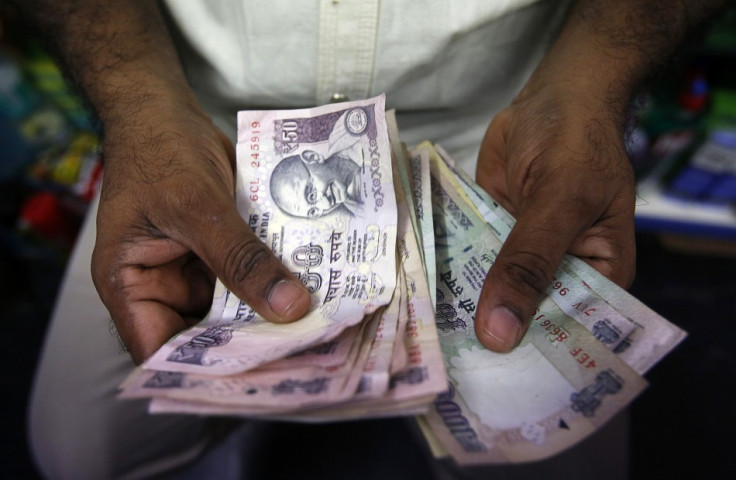India Budget 2015: Shares trade choppy, Arun Jaitley's proposals seen as rupee-neutral

Indian shares were volatile on Saturday, 28 February, as the much-hyped Budget 2015-16 presented by Finance Minister Arun Jaitley failed to live up to expectations of investors in a big way while forex traders see the document as rupee-neutral.
The main indices were up nearly 1% during the finance minister's speech that contained tax proposals leading to a net gain of Rs 150.68bn ($2.44bn, £1.58bn) for the financial year.
The indices then traded almost 0.8% down only to rebound to +0.16% about an hour before market closing.
The country's bourses had special holiday sessions to trade on the budget proposals, while the currency market will not be able to react until Monday, 2 March.
Forex traders in Mumbai expect the rupee to open weaker on Monday, taking cues from the equities market, although the Indian unit is on an upward trend broadly.
"The rupee may open lower on Monday as shares have not gained. But I think the budget overall is rupee-neutral," K Chandrangathen, head of forex trading at South Indian Bank, told IBTimes UK.
The USD/INR had ended last week at 61.60, a three-week low for the pair, but for the rupee, it was a 1.1% weekly gain.
Traders said the Reserve Bank of India has been aggressively buying dollars in the forex market over the past few days as the rupee strengthened, which they said may be for preparing for a US rate hike which is likely to lead to large-scale capital outflow.
"The central bank seems targeting $400bn of forex reserves as a US rate hike will result in huge capital outflow as foreigners' interest rate advantage decreases," a trader said.
Another rupee concern is the euro's big slide which has weakened the competitiveness of Indian exporters who trade with the eurozone, traders said.
"Another central bank motive behind curbing faster rupee appreciation would be to help exporters who are adversely affected by the big fall in the euro," Chandrangathen said.
The rupee had appreciated 3.2% against the euro by ending at 68.94/euro last week, moving closer to the three-year low of 68.22 touched in the last week of January.
Technically, a downward channel taking shape in the USD/INR since the mid-December southward reversal is pointing to a channel support of 60.40, but 61.26 is a crucial level to be broken before that.
As long as 61.80 holds on the upper side, the pair has its downside chances active.
© Copyright IBTimes 2025. All rights reserved.





















